WE MAY be clutching at straws, but at least there was some not-so-bad news — on investment — in the Reserve Bank’s latest quarterly bulletin.
The data show that gross fixed capital formation — which measures capital spending — increased 1.4% last year, after it declined 0.4% in 2014. And although the rate of growth in government investment spending slowed from more than 10% to just less than 6%, there was a rebound in private sector investment spending, which edged up 0.4% after declining by a fairly sharp 3.4% in 2014.
The capital spending came mainly from power and water projects, especially private sector investment in new renewable energy projects. But there was little appetite for investment in core sectors, such as mining and manufacturing.
Nonetheless, the pick-up in private sector investment spending is important, especially at a time when the government’s commitment to fiscal consolidation could mean the public sector might be cutting back on investment.
If SA’s private sector isn’t going to be confident enough in the economy, or the political environment, to invest for the longer term, it’s hard to see how foreign investors are going to be enticed to do so in SA.
And the quarterly bulletin’s numbers indicate that attracting foreign investment is more urgent than ever — but that it is still a major challenge.
SA continues to run a sizeable deficit on the current account of its balance of payments, a deficit that makes it extremely vulnerable to shifts in international investor perceptions and volatile international capital flows.
Last year’s current account deficit narrowed to 4.4% of gross domestic product (GDP), from 5.4% the previous year. However, the fourth-quarter deficit came in higher than the market had expected, at 5.1% of GDP, up from 4.3% in the third quarter.
That meant the rand went back on Tuesday to being the world’s worst-performing currency in emerging markets, losing the most in two weeks against the dollar. The rand has lost 22% in the past year and its weakness makes it surprising that the trade deficit is so wide. Imports should have fallen more, and exports risen. But imports have proved quite sticky, despite a slowdown in the economy, while the fall in global commodity prices has limited the benefit to South African exports of a softer rand.
Looking back further though, the rand’s fall does seem to have had an effect, with the bulletin noting that SA’s annual trade deficit with the rest of the world halved between 2014 and 2015, despite its widening in the second half of last year.
The big concern is that as long as SA runs a large current account deficit, it needs large capital inflows to finance it. These have been in short supply, which is why the rand has remained fragile.
SA was the recipient of more than R142bn of capital inflows last year, down just a little from R150bn in 2014, despite global turmoil. The trouble is that it isn’t really clear what these inflows are. Many were in the "other" category, with foreign direct and portfolio investment registering outflows last year.
That puts large question marks on whether the financial flows are sustainable, especially as capital is flowing out of emerging markets. It also underlines the need for SA to rebuild its credibility with foreign investors in its bonds and equities and try to attract more foreign direct investment.
As long as the political signals remain unclear, however, this is going to be a challenge, no matter how many investor roadshows business leaders embark on with Finance Minister Pravin Gordhan, as they are doing this week. And while the battles over South African Airways and South African Revenue Service leadership remain unresolved, they will have their work cut out for them convincing foreign investors of SA’s merits.


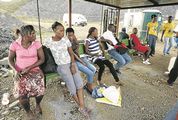
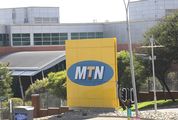
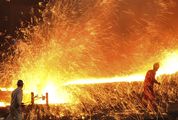
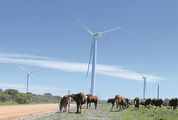


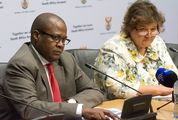
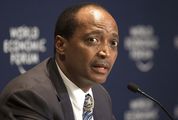
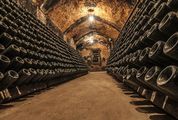




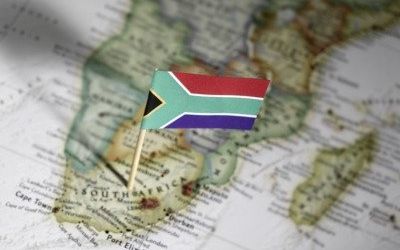




Change: -0.25%
Change: -0.24%
Change: -0.90%
Change: -0.01%
Change: -0.70%
Data supplied by Profile Data
Change: 1.34%
Change: -0.03%
Change: -0.25%
Change: 0.00%
Change: 0.02%
Data supplied by Profile Data
Change: -1.64%
Change: -1.40%
Change: -2.06%
Change: -1.92%
Change: -0.80%
Data supplied by Profile Data
Change: -0.39%
Change: -0.31%
Change: -0.06%
Change: 0.18%
Change: 1.39%
Data supplied by Profile Data